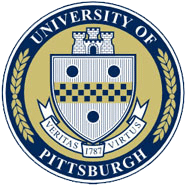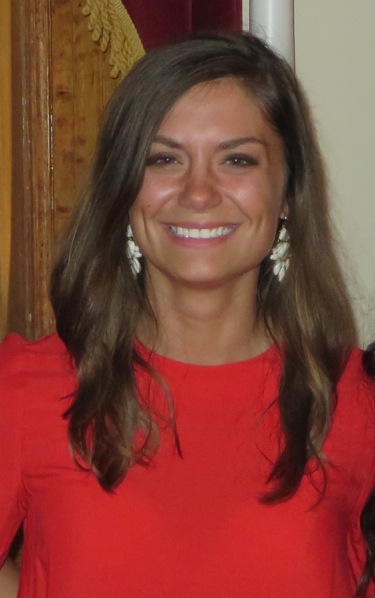Below is a summary of the abstract you submitted. Presenting author(s) is shown in bold.
If any changes need to be made, you can modify the abstract or change the authors.
You can also download a .docx version of this abstract.
If there are any problems, please email Dan at dar78@pitt.edu and he'll take care of them!
This abstract was last modified on May 1, 2015 at 11:04 a.m..

Bacteriophages are the most numerous biological entities on the planet, with an estimated 10<sup>31</sup> globally, and phages influence gene flow in microbial populations and processes such as the global carbon cycle. More than 627 phages of Mycobacterium smegmatis mc<sup>2</sup>155 have been sequenced and characterized as part of the SEA-PHAGES program; genome analysis puts these phages into 28 different clusters and subclusters. Furthermore, rarefaction analysis of phage “phams” suggests that the mycobacteriophage population is not a closed set, but continually acquires new genes. Recent isolates Cambiare, FlagStaff, and MOOREtheMARYer are new members of the Cluster G mycobacteriophages, a cluster within which the current members are all closely related at the DNA sequence level. The three new Cluster G phages share similar G+C content, genome length, and pham content with other members of Cluster G, but the average nucleotide identity (ANI) shows they span a greater degree of diversity than previous seen. We propose that the three newly isolated phages represent new members of Subcluster G2 (Cambiare and FlagStaff) and G3 (MOOREtheMARYer) with all extant Cluster members forming Subcluster G1. The Subcluster G2 and G3 members lack the integration cassette that characterizes their integration-dependent immunity systems, and do not contain the mycobacteriophage mobile elements discovered in many other G phages. Finally, Cambiare, FlagStaff, and MOOREtheMARYer encode an additional tail fiber-like protein not present in Subcluster G phages, host range analyses have not yet shown any differences in host preferences.


